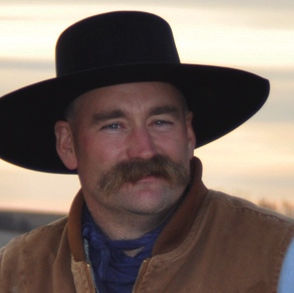The lights are still on and I have time to dig into not only the current situation that we find ourselves in, as it involves the capture of electricity, but also the history of how we got into this mess.
Texas continues to be a poster child for how not to capture energy in the name of electricity, but they’ve got oil figured out. In the past 10 years, the state of Texas has witnessed a 16% population growth, and green energy from wind and solar sources has grown to 34% of their total electricity. The people who understand both electric demand and the grid system, in my opinion, will tell you that is a recipe for disaster but it appears nobody seems to listen.
Let’s take a look at some examples in history:
According to the Department of Energy, “Hydropower, or hydroelectric power, is one of the oldest and largest sources of renewable energy, which uses the natural flow of moving water to generate electricity. Hydropower currently accounts for 31.5% of total U.S. renewable electricity generation and about 6.3% of total U.S. electricity generation.
“Hydropower is an affordable source of electricity that costs less than most. Since hydropower relies only on the energy from moving water, states that get the majority of their electricity from hydropower, like Idaho, Washington, and Oregon, have lower energy bills than the rest of the country.”
According to the Library of Congress, “On September 30, 1882, the world’s first hydroelectric power plant began operation on the Fox River in Appleton, Wisconsin. The plant, later named the Appleton Edison Light Company, was initiated by Appleton paper manufacturer H.J. Rogers, who had been inspired by Thomas Edison’s plans for an electricity-producing station in New York.”
According to the Smithsonian magazine, “A small-town newspaper editor with massive ambitions championed the dam. Rufus Woods, editor of north-central Washington’s Wenatchee Daily World, believed damming the Columbia would transform the arid land around his apple-picking town into a verdant, populous paradise. ‘Wearing a bowler tipped low over his forehead, indoors and out, he exuded self-confidence, even cockiness,’ wrote Woods’ biographer. From 1918, when Woods first heard the idea from local attorney William Clapp, Woods crusaded for the dam with grand pronouncements in capital letters. The heat and light from the dam, he wrote, ‘WOULD BE THE MOST UNIQUE, THE MOST INTERESTING, AND THE MOST REMARKABLE DEVELOPMENT … IN THE AGE OF INDUSTRIAL AND SCIENTIFIC MIRACLES.’”
As I write this we learn that a transformer on the Hoover Dam has just exploded. Experts on the integrity suggest that the structure of the Hoover Dam is extremely vulnerable as Lake Mead approaches historic low levels. Maintenance is seemingly not meeting the needs as this is the lifeblood for so many in the middle of that desert.
The federal government continues to discuss and share plans to destroy many of the electric producing dams in the nation that not only produce electricity but also irrigation for crops. Ironically or not, that focus seems to be in California, Oregon, Washington and Idaho. So one must ask the question: If we are going to adopt policies that increase the demand for electricity, why are we creating the greatest vulnerability in electric generation?
Natural gas still comprises nearly half of the electric generation but I can’t for the life of me understand why we continue to demonize coal and gas because they are abundant resources that are extremely efficient in producing power. Maybe it’s because they release plant food—carbon dioxide—into the atmosphere. Surely the last thing we would want to do while we are turning on the lights is actually help plants grow.
People making these life and death decisions are ignorant in understanding the cycle of life, in my opinion. I have rested solely on the fact that they want to completely control your life and mine. And that, my friends, fuels my own effort to shut them down.
Editor’s note: The views expressed here are the author’s own and do not represent the views of High Plains Journal. Trent Loos is a sixth generation United States farmer, host of the daily radio show, Loos Tales, and founder of Faces of Agriculture, a non-profit organization putting the human element back into the production of food. Get more information at www.LoosTales.com, or email Trent at [email protected].
